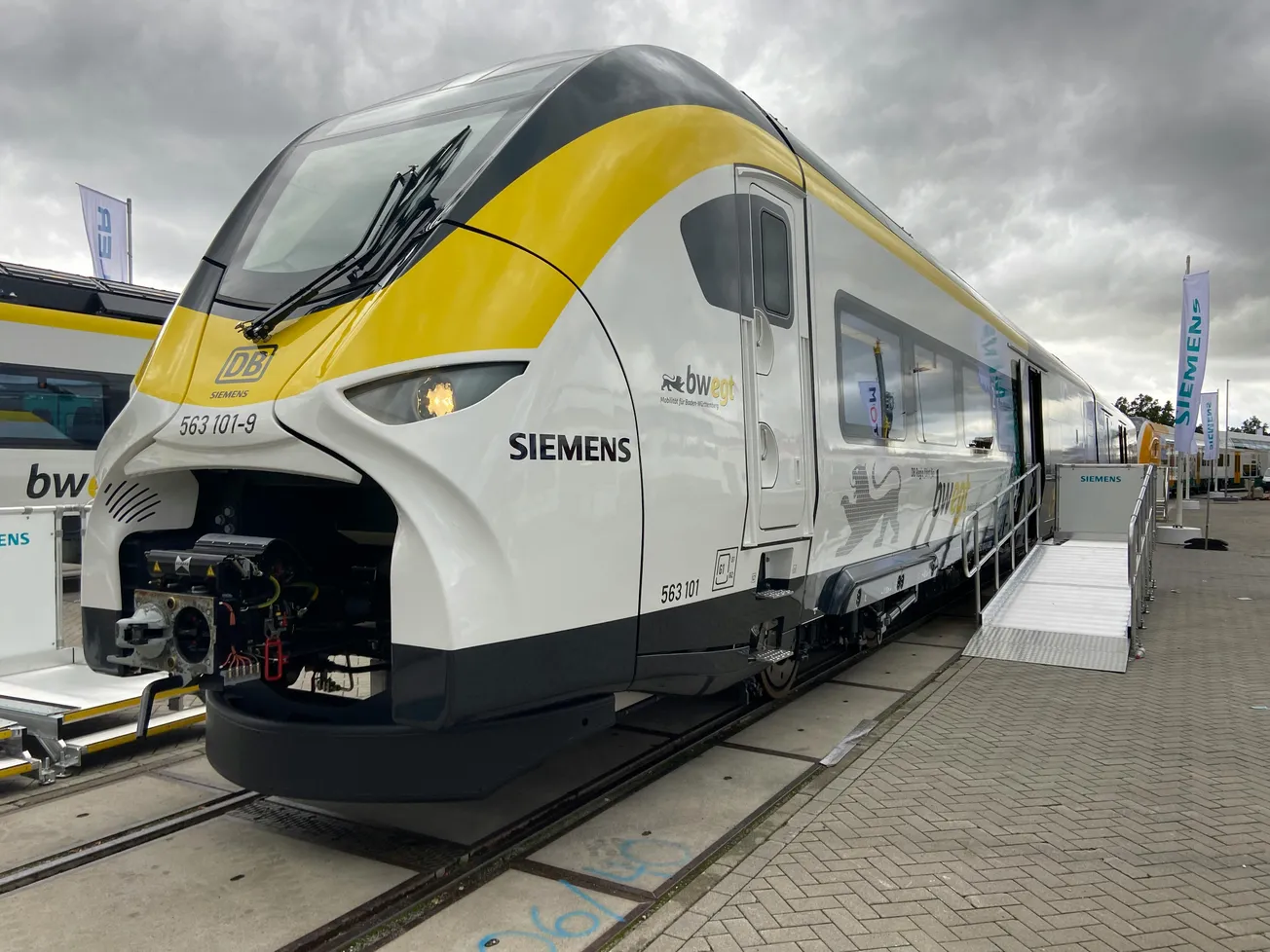Walmart’s approach to micro‑merchandising offers a precise, data-driven way to tailor product assortments at the store level, aligning inventory with local shopper behavior. By combining advanced AI tools, dynamic planning and in-store logistics, Walmart is redefining how each location serves its unique community.
What Is Micro‑Merchandising?
Micro‑merchandising refers to the practice of customizing product assortments and shelf placement on a per-store basis – not merely by region or format, but by individual location. According to Walmart Corporate, this approach ensures each store’s inventory reflects local preferences in terms of demand, demographics and purchasing patterns.
Why Walmart Needs Precision
With over 4,700 U.S. stores located within 10 miles of 90% of the U.S. population, Walmart faces millions of micro-level decisions every day, according to Supermarket News.
Demand forecasting needs to account for local events, seasonal shifts, weather and even neighborhood income levels. AI and machine‑learning tools now ingest these variables to optimize each store’s assortment down to the SKU level.
Tech-Driven Implementation
1. Granular Demand Forecasting
- AI systems forecast demand per SKU, per store, adapting to local conditions such as weather patterns or traffic flows.
- Embedding-based search and analytics allow Walmart to tailor offerings in real time, improving relevance and conversion rates.
2. Digital Twins & In‑Store Simulation
Walmart has created digital twin models for over 1,700 stores, according to The U.S. Sun, to simulate how different merchandising layouts impact shopper flow and sales. This virtual testing enables the optimization of planograms before physically changing shelf layouts.
3. Real-Time Replenishment & AI Orchestration
AI-driven “self-healing inventory” systems detect stock imbalances and route products to stores accordingly, even before shortages appear. This machine-led orchestration replaces manual intervention with precision automation.
Benefits of Micro‑Merchandising at Walmart
- Higher margins: Localized assortments reduce overstocks and markdowns, increasing per-store profitability.
- Better customer satisfaction: Stores with optimized local assortments enjoy fewer stockouts and higher conversion.
- Enhanced efficiency: Automation and AI quicken replenishment cycles and reduce manual errors.
- Stronger supplier collaboration: Real-time sales sharing supports more responsive vendor-managed inventory models.
Case in Point: Community‑Focused Supercenters
As early as 2005, Walmart showcased micro‑merchandising in a supercenter demo that reflected local shopper needs – elderly residents selecting birdseed vs. beer buyers across the state line. Quick changes, like removing unpopular self-checkouts, proved that listening to localized customer feedback matters.
Future Outlook: AI-Driven Growth and Resilience
Walmart’s micro‑merchandising strategy is deeply entwined with its broader AI and automation transformation. Investments in warehouse robotics like Symbotic, route optimization and predictive replenishment systems strengthen the store-level strategy, ensuring the right product is in the right place at precisely the right time.
Keys to Successful Micro‑Merchandising
- Data integration: Store-level sales, demographic insights and external trends feed into dynamic assortment tools.
- Iterative layout testing: Use digital twins to experiment and optimize locally before committing physical store changes.
- Automated replenishment loops: Let AI detect and redirect inventory automatically to handle shifting local demand.
- Supplier coordination: Shared dashboards and VMI ensure suppliers can respond quickly to micro‑market requirements.
Micro‑merchandising represents Walmart’s next frontier in omnichannel retail: a high-precision, locally tuned strategy that bridges community preferences to corporate scale.
Through AI forecasting, digital simulation and automated fulfillment, Walmart empowers every store to act like a flagship tailored to its own neighborhood. For retail leaders, it offers a compelling lesson: precision is power, even at the smallest scale.








